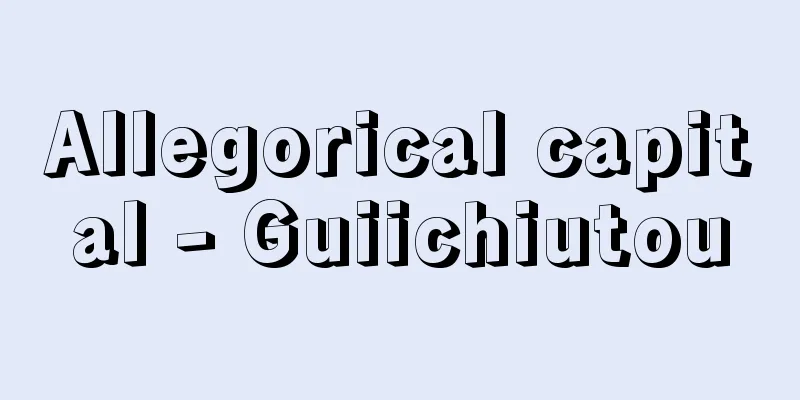vaquería (English spelling) vaqueria

|
…The Spanish introduced horses and cattle to the Pampas in the mid-16th century. Cattle, in particular, were well adapted to the ecological conditions of the Pampas, and became wild, causing a rapid increase in their numbers. From the 16th to 18th centuries, capturing wild cattle and exporting their hides became the Pampas' main industry, and the so-called vaquería, which involved capturing cattle in the wilderness, was very popular. Vaquería involved marching into the wilderness in groups, chasing down cattle on horseback, and bringing them down with boleadores (throwing balls), but this was a dangerous task, and is said to have given birth to the brave gaucho, who was skilled in horse riding. … *Some of the terminology explanations that mention "vaquería" are listed below. Source | Heibonsha World Encyclopedia 2nd Edition | Information |
|
…パンパには16世紀半ばにスペイン人により牛馬が移入され,なかでも牛はパンパの生態条件によく適合し,野生化してその数が急増した。16~18世紀にはこの野生牛を捕らえてその皮を輸出することがパンパの主要産業となり,原野で牛を捕らえる,いわゆるバケリアvaqueríaが盛んに行われた。バケリアは隊伍を組んで原野に入り込み,馬で牛を追いつめ,ボレアドール(投げ玉)でしとめる作業だったが危険も多く,そこから乗馬術にたけた勇敢なガウチョが生まれたとされる。… ※「vaquería」について言及している用語解説の一部を掲載しています。 出典|株式会社平凡社世界大百科事典 第2版について | 情報 |
Recommend
chahar bagh (English spelling)
…Water drawn from various sources is generally di...
Assets - Shisan (English spelling) assets
An accounting asset is a debit on the balance she...
Good flow - Koryu
The name of a school of Noh performers who play th...
Safety breaker - Anzenbureika
...A type of wiring circuit breaker used to prote...
Maypole
...The Kabbalistic tree was passed down to mystic...
Uranium City
A city in northwestern Saskatchewan, Canada, near ...
Gakusho betto - Gakusho no betto
...A place for studying Tang music and music from...
Masaji Kitano
...The Kwantung Army Epidemic Prevention and Wate...
Candolle, APde (English spelling) CandolleAPde
…AL de Jussieu classified the plant kingdom into ...
Takayama [Village] - Takayama
A village in Agatsuma County in northern Gunma Pre...
Ferrotype
A photographic term referring to the polishing of ...
Calcifying pancreatitis
...A disease in which stones form in the pancreat...
Vector (biology) (English spelling) vector
...A replicon is a molecule that has a structure ...
Book of Ladder - Book of Ladder
…This activity reached its peak during the reign ...
egg and dart
...The stories of geese or chickens that lay gold...









